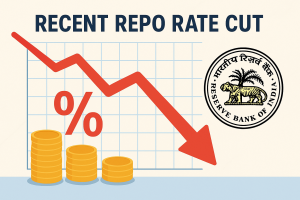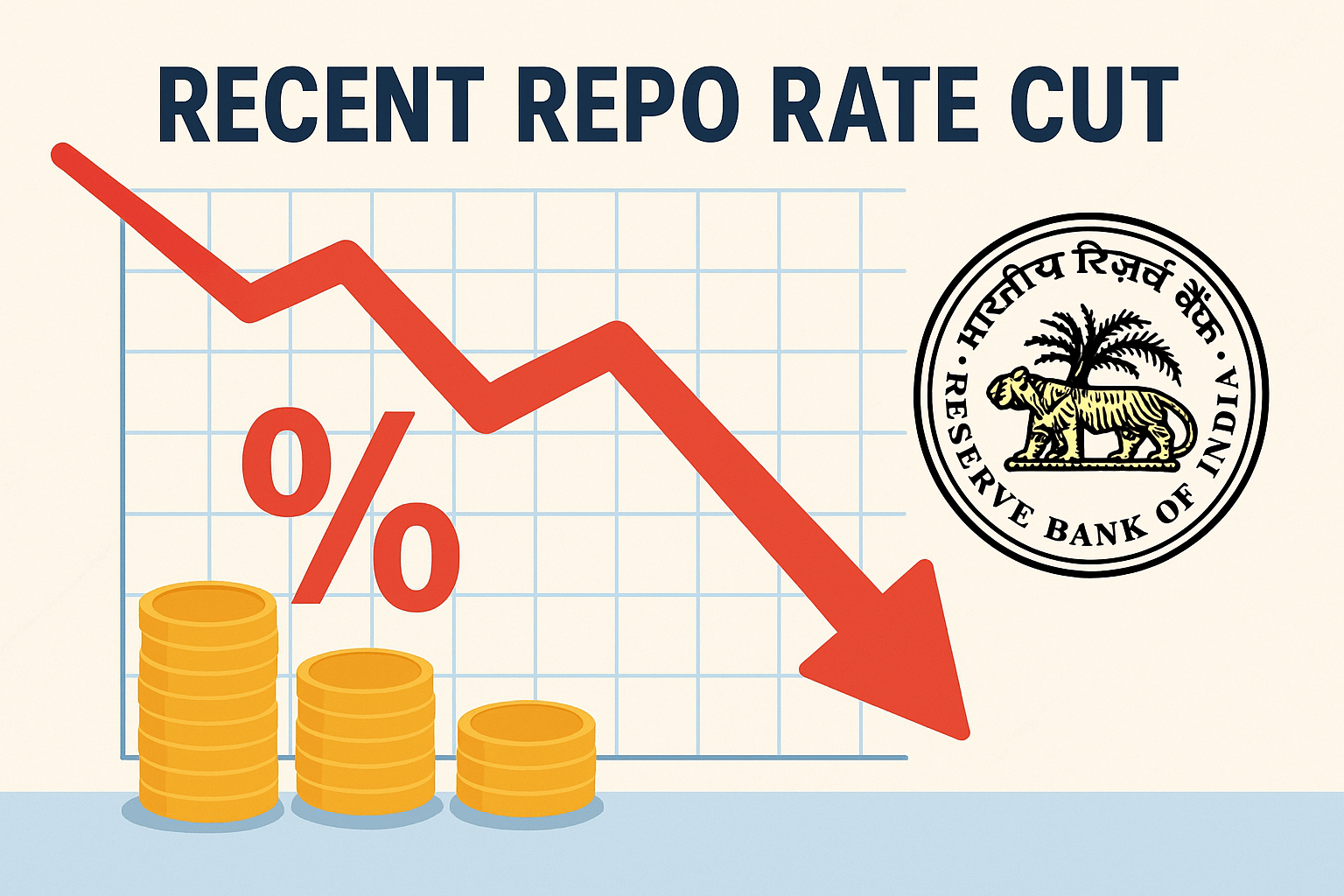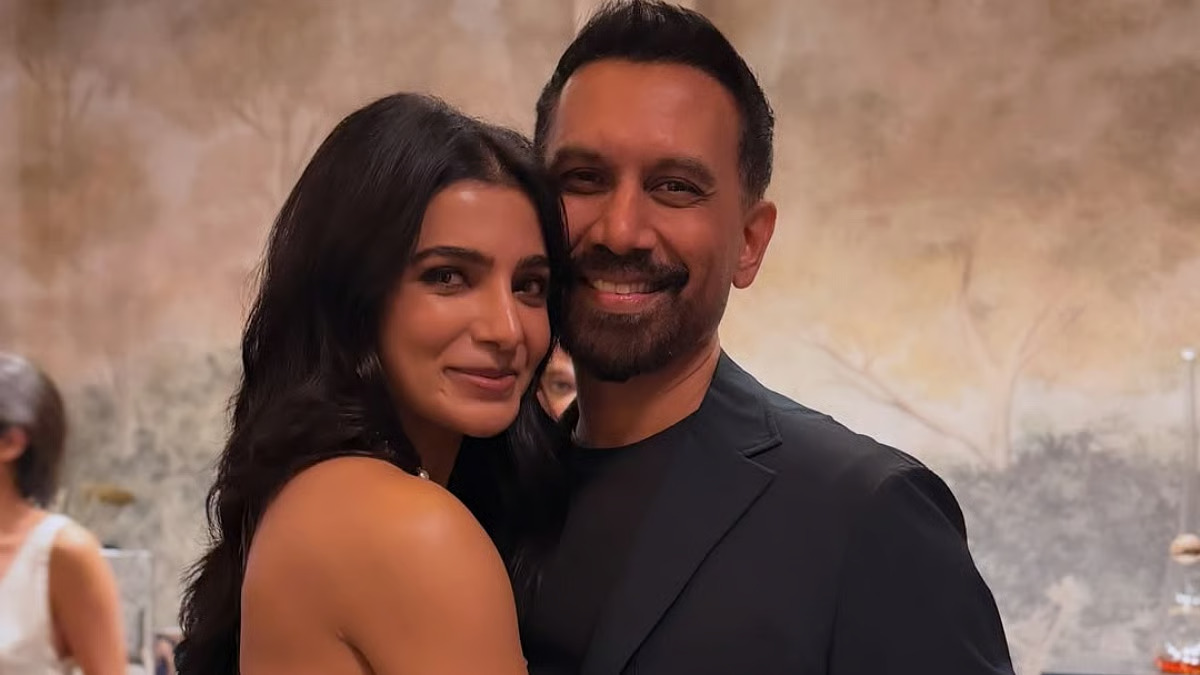MSG, sweetened fish sauce, ramen soup, wasabi, and kimchi – mixologists in India are shaking up the cocktail scene with these unconventional ingredients. But what’s behind this rising trend of experimental cocktails?
The cocktail scene in India has been evolving rapidly. Bartenders and mixologists are pushing boundaries with unconventional additions like Maggi masala, wasabi, and other eclectic elements that appeal to adventurous palates. They embrace bold, experimental flavours and innovative ingredients that reflect the country’s diverse culinary traditions.
While the former serves Ignorance Is Bliss—a cocktail made using bourbon, sweet vermouth, coffee, aromatic bitters, and, of course, chyawanprash—the latter offers an elaborate special menu featuring cocktails crafted with Ayurveda-inspired ingredients. Apart from chyawanprash,head mixologist Jishnu uses unexpected elements like camphor, Brahmi, and Triphala to create a unique drinking experience.
Wasabi, Maggi masala, kimchi, ghee, walnuts, ramen soup—would you ever imagine these ingredients making their way into your cocktail glasses?
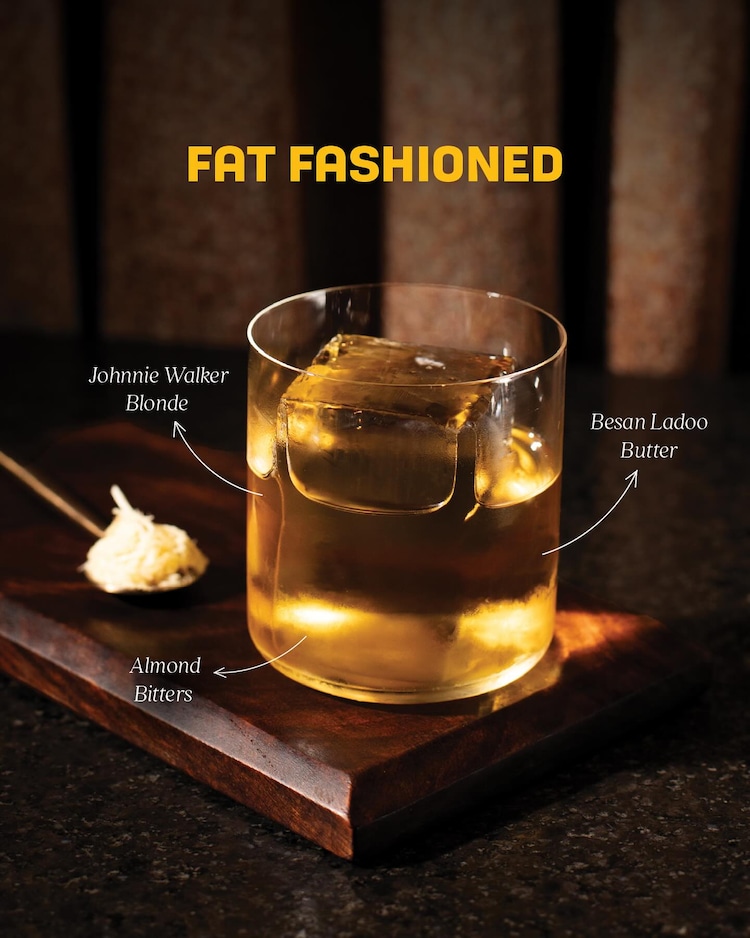
“Cocktail culture is evolving along with food culture in India. People want to try something bold as they are now aware of classic cocktails and want something new for their palate,” Abhishek Rana, Head of Bar at Dos, Delhi, tells India Today.
Mixologists and bar owners agree with this shift in consumer preference. A rising number of cocktail bars and an increased focus on an innovative menu suggest this shift, too.
The good old Bloody Mary, Cosmopolitan, Negroni, Picante, Martini, and Margarita are no longer enough. The result? Professionals are shaking things up—quite literally—by heavily experimenting with cocktail ingredients.
Though not an entirely new concept, industry insiders note that innovative cocktails have gained momentum and massive popularity in the country in the last 4-5 years.
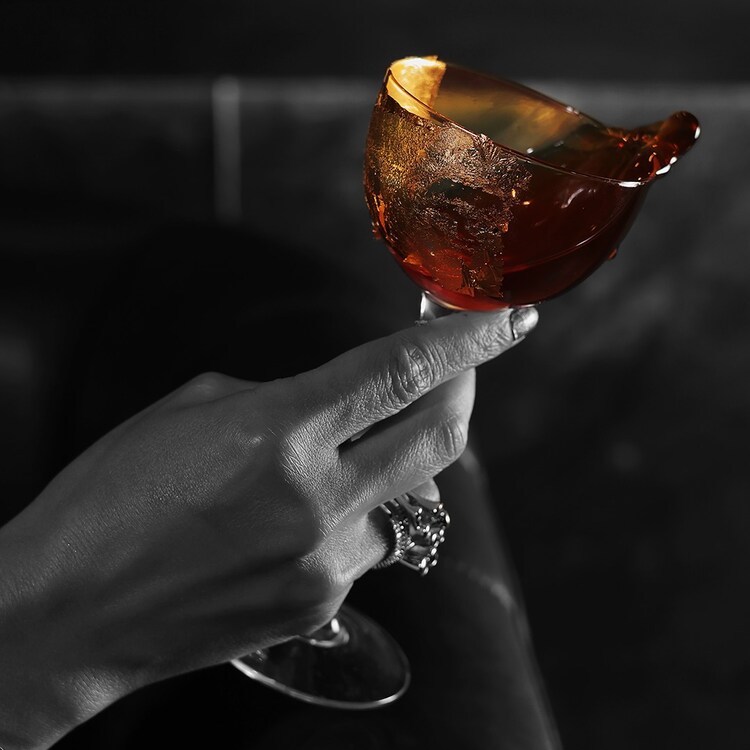
Mixologists are now drawing inspiration from global trends while incorporating local and indigenous ingredients in pairings mostly unimagined with alcoholic spirits.
For instance, Rana’s bar serves Dos Me Up Spicy, a cocktail incorporating wasabi, Whispering Caffeine, a blend of house-made walnut rosemary syrup with coffee.
At The Brook in Gurugram (run by the owners of artisanal cocktail bar Sidecar), tequila, Himalayan honey, fresh tomatoes, pea water, and Maggi masala come together to create a unique cocktail called Maggi Point.
At Khi Khi, a chic bar co-founded by Navdeep Sethi, bold creations—like the Whisky Soda, featuring homemade pineapple ice cream soda and pineapple foam—reimagine classic combinations.
Adding a nostalgic twist, some bars are infusing drinks with flavours reminiscent of childhood treats.
Vikas Srivastava, VP of operations at TreeHouse Hotels, which also runs the 24×7 eatery and bar Poee&Co in Goa, reveals jello shots with vodka and alcohol-infused chuskis flavoured with kokum or aam ras as their standout creations.
Srivastava recalls having a chaat martini, a vodka-based cocktail infused with tangy tamarind and spices. The rim was coated with crushed papdi and sev.
Although Delhi-NCR is often credited as the epicentre of this trend, experimental cocktails are now making waves in cities like Mumbai, Bengaluru, Hyderabad, and Goa.
“It’s a nationwide trend. All over India, bars are changing their setups, creating experimental cocktail menus, and using new techniques and ingredients,” says Rana.
What’s bringing the change
A confluence of factors is behind the rise of experimental cocktails in India. Post-COVID, the surge in international travel and subsequent exposure to global trends are crucial influences.
Atul Tiwari, EAM – Food and Beverages at The Leela Palace, New Delhi, highlights a burgeoning craft bar culture and the growing influence of younger demographics as crucial factors driving the experimental cocktail revolution in India.
“Millennials and Gen Z, in particular, seek unique and experiential beverages beyond the traditional. Social media has played a significant role in amplifying these trends, with stunning cocktail presentations and innovative recipes captivating audiences,” Tiwari tells India Today.
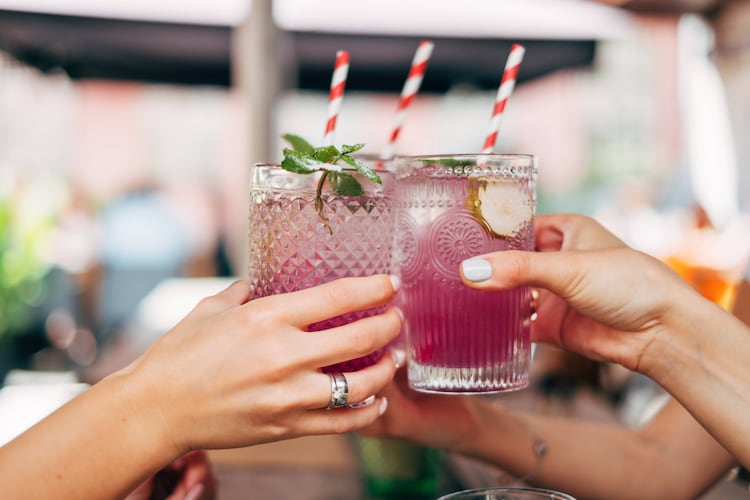
“People are no longer willing to limit themselves to enjoying a traditional drink, especially the younger generation, which has just started on alcohol and has taken a fancy to cocktails. This has further fuelled passion for creating newer and edgier cocktails,” adds Srivastava.
Sandeep Arora, whisky connoisseur and director of Spiritual Luxury Living, also highlights the role of young bartenders and mixologists’ role in redefining cocktails’ craft by creating concoctions with homegrown mixtures and ingredients.
“Driven by the desire to stand out, they are pushing the boundaries of India’s cocktail culture,” says Arora.
The growing popularity of Indian-made spirits, particularly craft gins, has further fuelled this trend. Goa, now hailed as India’s gin capital, has inspired a wave of local innovations too.
Artists…er…mixologists
Today, bartenders are celebrated as artists, with their creations reflecting a delicate balance of craftsmanship and creativity.
“Bartenders are much like chefs in the kitchen. Just as chefs start with a basic sauce and layer in flavours to craft exciting dishes, bartenders begin with classic cocktails as their canvas, experimenting with new combinations and flavour profiles to create something extraordinary,” says Sethi.
“Indian bartenders are using a lot of science in their cocktails, and this chemistry will surely lead to an even bigger bar culture in the future,” adds Rana.
Besides incorporating intriguing ingredients, professionals employ innovative techniques such as fat-washing, molecular mixology, and crafting house-made syrups to elevate their cocktails.
The rising trend of bar takeovers with international mixologists is also proving to be invaluable learning experiences for Indian bartenders and consumers.
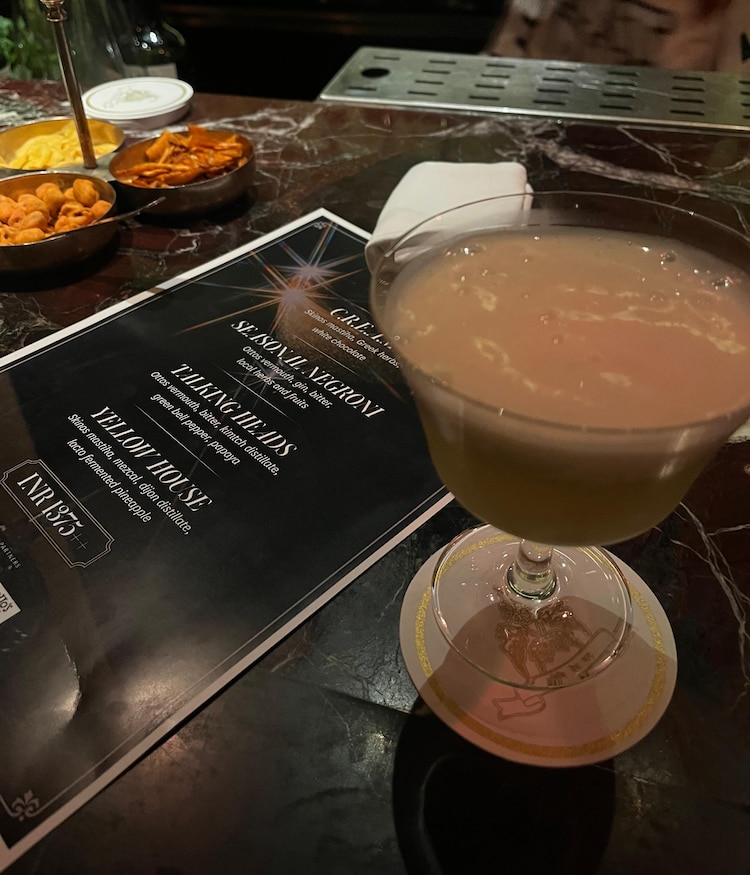
For example, The Leela Palace in New Delhi hosted Alexandros Tselepis and Konstantinos Theodorakopoulos, the founders of The Bar In Front Of The Bar in Athens, for a weekend bar takeover of The Library. The duo stirred a storm with their inventive cocktails, featuring Greek Mastiha as the base and unique flavours like white chocolate and kimchi, adding an intriguing twist to the various cocktails.
“Such bar takeovers help many Indian bartenders understand what’s going on around the world,” says Jishnu.
India’s future is bright, as many programs are being run in India now, creating a new and interesting platform for bartenders to learn from. Many bar takeovers are happening, and bartenders from abroad are coming here to share their knowledge and experience. Many Indian bartenders and mixologists are also travelling worldwide, learning and incorporating new techniques on their return to India. India has many ingredients, and people are experimenting with these unique ingredients nationwide. The farm-to-bar concept is also developing.
The future ahead
The cocktail scene will get bolder in the coming years—that’s what industry insiders predict. According to Sethi of Khi Khi, food-inspired cocktails will be the next trend. Farm-to-bar is also predicted to gain popularity.
Bars also embrace local produce and sustainable practices, crafting zero-waste cocktails and using house-made mixers.
“India has great potential to be the cocktail hub globally with so many great bars and bartenders. But we don’t give them enough attention,” Jishnu believes.
“The rise of molecular mixology, sustainable practices, and immersive drinking experiences will further elevate the scene. As smaller cities join the trend and the industry invests in skilled mixologists, India is well on its way to becoming a global cocktail destination,” says Tiwari. Well, cheers to that!




